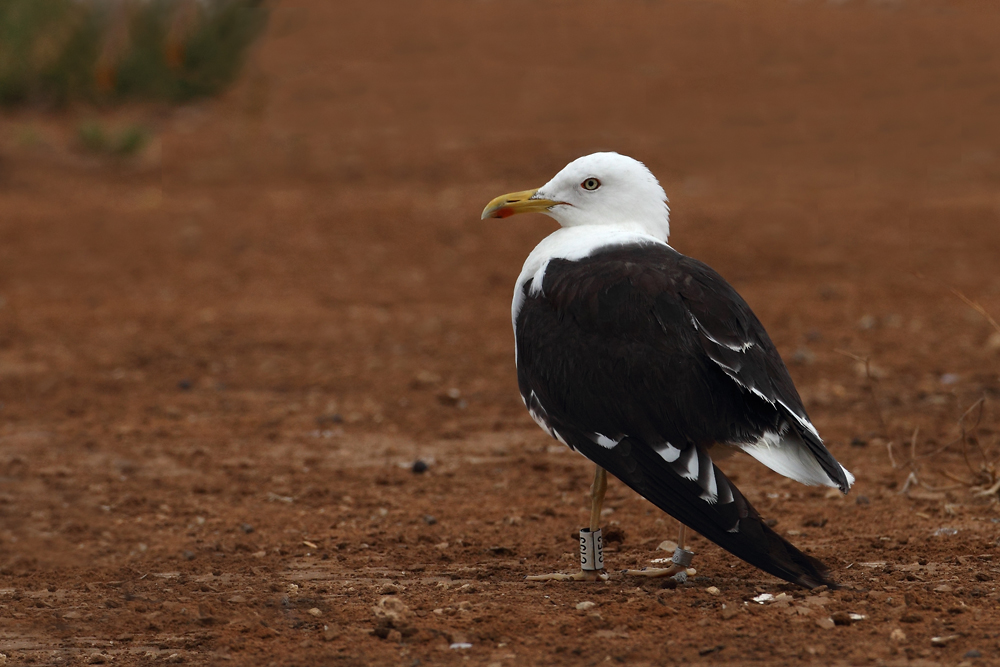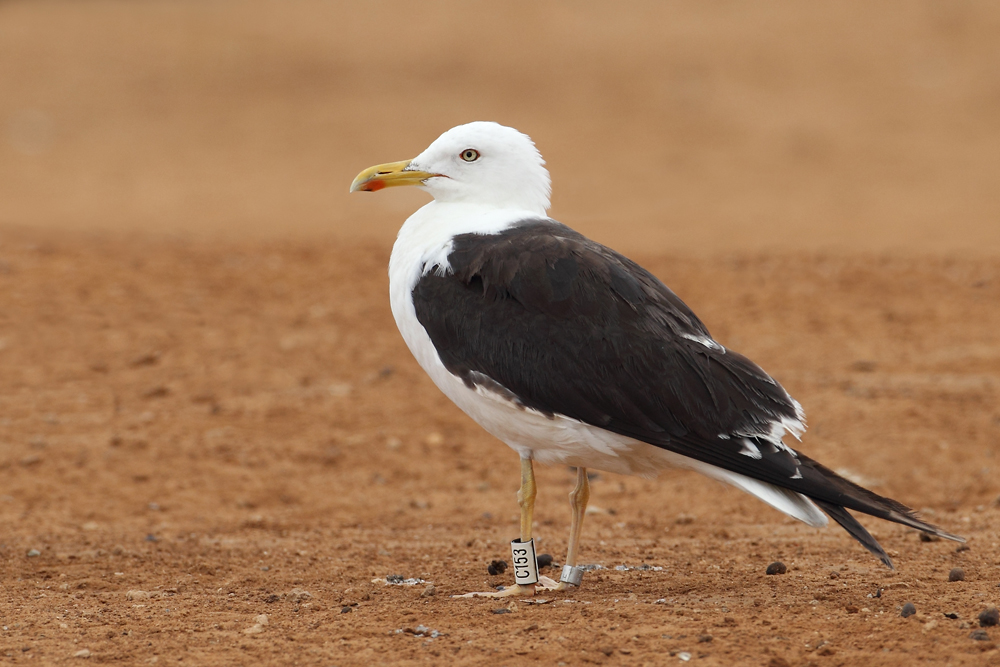 nominate Lesser Black-backed Gull (L. f. fuscus)
nominate Lesser Black-backed Gull (L. f. fuscus)
(last update:
Amir Ben Dov (Israel)
Hannu Koskinen (Finland)
Mars Muusse (the Netherlands)
fuscus 1cy July
fuscus 1cy Aug
fuscus 1cy Sept
fuscus 1cy Oct
fuscus 1cy Nov
fuscus 1cy Dec
fuscus 2cy Jan
fuscus 2cy Feb
fuscus 2cy March
fuscus 2cy April
fuscus 2cy May
fuscus 2cy June
fuscus 2cy July
fuscus 2cy Aug
fuscus 2cy Sept
fuscus 2cy Oct
fuscus 2cy Nov
fuscus 2cy Dec
fuscus 3cy Jan
fuscus 3cy Feb
fuscus 3cy March
fuscus 3cy April
fuscus 3cy May
fuscus 3cy June
fuscus 3cy July
fuscus 3cy August
fuscus 3cy Sept
fuscus 3cy October
fuscus 3cy Nov
fuscus 3cy Dec
fuscus 4cy Jan
fuscus 4cy Feb
fuscus 4cy March
fuscus 4cy April
fuscus 4cy May
fuscus 4cy June
fuscus 4cy July
fuscus 4cy Aug
fuscus 4cy Sept
fuscus 4cy Oct
fuscus 4cy Nov
fuscus 4cy Dec
fuscus ad Jan
fuscus ad Feb
fuscus ad March
fuscus ad April
fuscus ad May
fuscus ad June
fuscus ad July
fuscus ad Aug
fuscus unringed Aug
fuscus ad Sept
fuscus ad Oct
fuscus ad Nov
fuscus ad Dec
Larus fuscus fuscus adult C153, September 17 2010, Ashdod. Picture Amir Ben Dov.
White C153 must have been ringed somewhere in the mid-1990's, so a full adult (white C134 and C189 were ringed early July 1995), despite the much irregular pattern in the visible primaries. Data: ringed on July 11 1995 near Oravainen, W-Finland.
P2 shows a fresh full tip, P3-P5 have worn white tips, P6 looks slightly older than P5 (but be aware of the fact that P5 has been hidden and protected by the tertials lying on top, whete the tip of P6 is often more exposed to weather conditions), and the outer primaries look very abraded and pale brown. There should of course be a mirror on P10, but condition of feathers do noty allow any statements (in fact, they almost look like old 2nd gen primaries).
Amir Ben Dov visited Ashdod on 17.9.2010. About 150 - 200 gulls were present, with only 3 ringed adults from Finland.
Weather did not allow appropriate scores in the field, but the general idea was that most adult fuscus had dropped P1-P2. One bird missed P1-P2, but had P3-P4 growing at about 30% of the final length (irragular moult strategy). There were also a few birds which had not started the complete moult yet (P1-P10 present).

